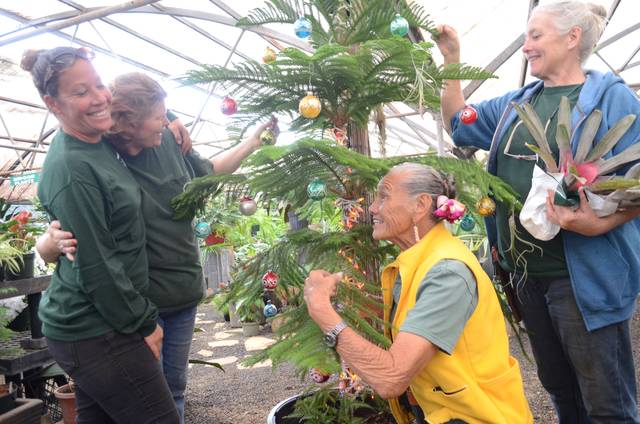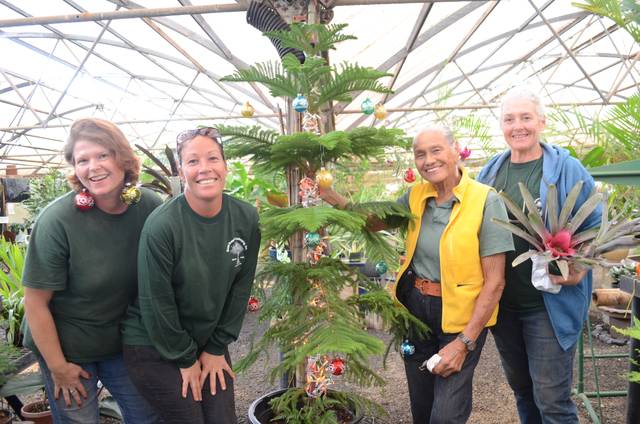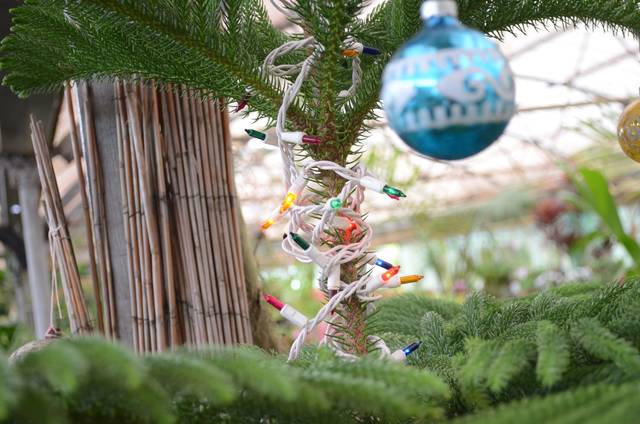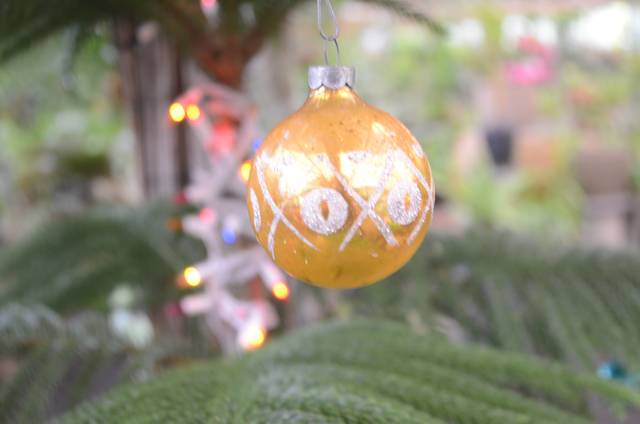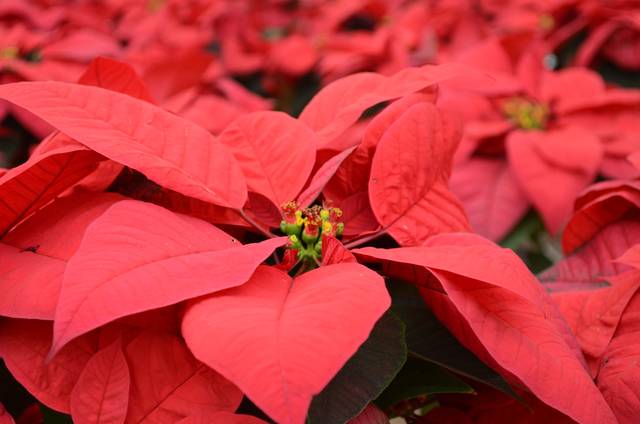LIHUE — Glimpses of gold glistening between the branches of your holiday centerpiece are probably just tricks of the light this year and not flashes of an invasive wasp that sometimes comes to Hawaii on tree shipments.
Annually, thousands of evergreen trees are shipped to Oahu from Oregon and Washington to deck the halls of Hawaii homes — and with them sometimes come unwanted guests.
When those trees land in Hawaii, each one is inspected for pests, like slugs and yellow jackets, and the parasite rat lungworm.
“They shake out every tree and repack it,” said Janelle Saneishi, public information officer for the state Department of Health.
The shaking method is used for wasp infestations, according to HDOA, and slug infestations are disbanded with a hot water treatment.
Containers are often held in Oahu while these inspections and treatments are completed, then the trees get shipped out to the Neighbor Islands.
During the 2012 holiday season, 75 of 150 containers were held in Oahu because of improper paperwork or pest identification.
In January 2016, the state stepped up its defenses against invasive species with the completion of the Hawaii Interagency Biosecurity Plan 2017-27. The plan identifies gaps in the state’s security and goals for making it better.
Working with other states regarding preshipping inspections was one of the plan’s accomplishments that is proving to be successful for holiday plant shipments.
“It’s been much cleaner since the
department has been working with the department of agricultures of Oregon and Washington about protocol before they ship,” Saneishi said.
“They’ve come in cleaner since previous years. We did find some yellow jackets this year and just a few slugs. But there aren’t that many that had to be cleaned.”
On the retail end, those who are selling the trees said they’re not seeing any invasive species as they transport the trees to customers’ cars.
Representatives from The Home Depot, which fills a lot for Christmas trees every year, said staff members work with suppliers to ensure proper guidelines are always followed — and the process works.
“It’s very uncommon to find any bugs, and that’s because of all the inspections and treatment that the trees go through,” said Matt Harrigan, public information officer for The Home Depot.
Another way to ensure invasive species stay out of the archipelago is to avoid the shipping industry completely, and that’s what Kauai Nursery &Landscaping does with most of their plants.
“The Norfolk pines, they’re grown here on the island,” said Sandra Nishek, whose father founded Kauai Nursery and Landscaping.
“Azaleas are popular because they’re beautiful and lush and we wrap the pots in beautiful colors,” Nishek said.
Not all of the plants that are at Kauai Nursery and Landscaping are Kauai-grown, and when it comes to those shipment days, Nishek has just one thing to say.
“Thank God for the Department of Agriculture,” she said.
Inspections save the folks at Kauai Nursery and Landscaping a lot of work, and classes with the Kauai Invasive Species Committee have helped fill in the blanks once plants land on the Garden Island.
“We’ll put peanut butter on sticks before unpacking and some things go into a quarantine area if we need,” Nishek said. “KISC has good classes.”
The classes were part of the landscape and plant sales company becoming Pono Endorsed by KISC, which is a program that promotes nurseries and landscaping businesses that work with techniques to reduce the spread of invasive species.
They’re one of 12 businesses currently listed as Pono Endorsed by KISC.
As the holidays wrap up over the next couple of weeks, Nishek reminds the community that the next step is going to be the responsible disposal of the cut trees.
“We have free recycling for Christmas trees. We put a truck out by the road on our property and you can just chuck it into the truck,” she said. “It has to be undressed.”


